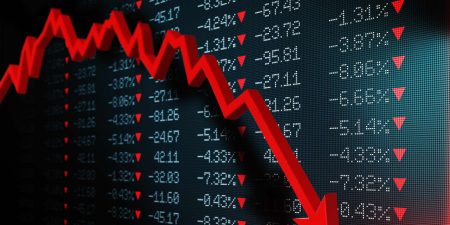Energy stocks have popped in the past week or so. If you’re tempted to play, just go in with your eyes wide open.
The draw is easy to understand. After all, the
Energy Select Sector SPDR Fund
(XLE), which counts
Chevron
(CVX) and
Exxon Mobil
(XOM) as top holdings, more than tripled from its Covid-era bottom to its peak last year—from $25 to $93. A dip in the global oil supply, triggered by sanctions on Russia because of the Ukraine war, helped drive the gains.
And the fund has been able to hold its price in the high-$60s-to-low-$70s range for roughly the past year. A big reason is that buyers know the Federal Reserve is slowly bringing down inflation, which more than likely means the end—or at least a true pause—in rate hikes is in the offing.
A sound economy, as the axiom goes, supports oil prices. Even optimism about what’s ahead translates to increases. West Texas Intermediate, the benchmark for the U.S. market, is up to $76 a barrel from near $67.50 in late June. That 12% jump has sent the fund up about 5%, from $79 to around $83.
But don’t expect the gains to keep gushing. The futures market expects a price drop by 2025—to the mid-$60s—because of the lasting effect that the Fed’s higher rates will have on economic demand.
That downward projection is weighing on the stocks. Investors simply don’t want to bid up the stock prices to levels that reflect a long-term high price for crude. Ordinarily, the stock prices rise faster than the price of crude because higher prices boost oil sales, which translates to profits rising faster because of producers’ fixed costs.
The stocks have now traded with enough weakness that their technical trends look fairly troubling.
The fund is a bit below its 200-day moving average of $84.50—and has been since early May, according to FactSet. Put another way, stock prices aren’t keeping pace with their longer-run averages, suggesting that investors are losing confidence.
To be sure, the lower prices present a buying opportunity for anyone who is upbeat about the price of oil. But the dip for the stocks also means the expectation about cheaper crude must change.
And if the cloud over oil prices doesn’t lift, then the stocks have only begun to break down. A dose of healthy skepticism makes even more sense.
Write to Jacob Sonenshine at [email protected]
Read the full article here















